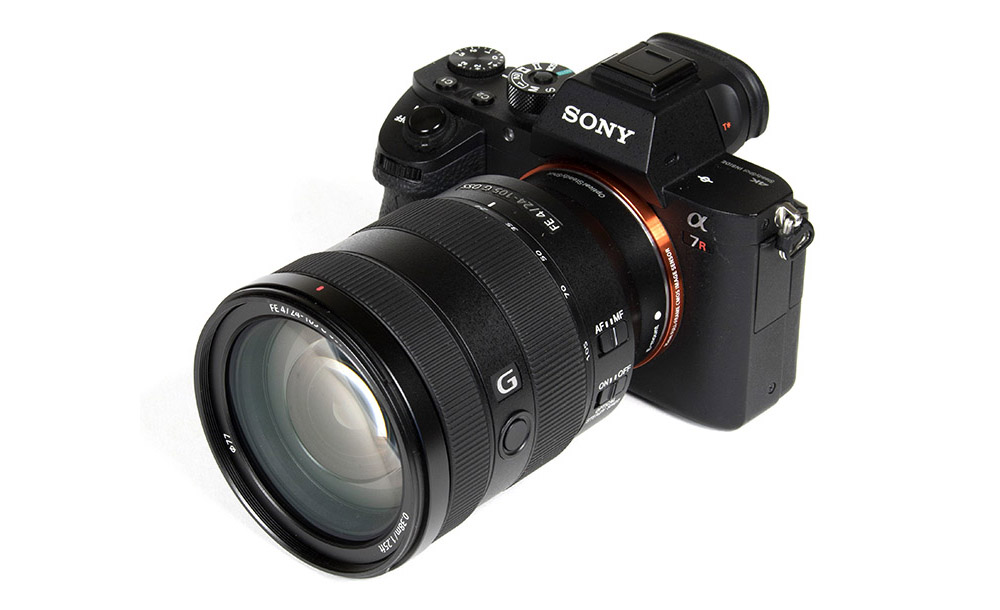
Sony users can choose between a wide variety of different lens options nowadays, but selecting a standard zoom lens has been somewhat tricky so far.
Sure, there’s the mighty Sony FE 24-70mm f/2.8 GM, but price-wise, it’s beyond the reach of most users. The Zeiss FE 24-70mm f/4 OSS is a good shot on paper, but it really fails to deliver. And the Sony FE 28-70mm f/3.5-5.6 OSS kit zoom lens … well …
So the thing is – there’s an urgent need for something good and reasonably affordable in their standard zoom lens lineup, and maybe the new Sony FE 24-105mm f/4 G OSS is capable of filling that gap. If you like, it is a member of Sony’s G lineup – or “semi-pro” grade. It adds some extra
range over the 24-70mm f/2.8 GM and gives up an f-stop. For many users, that’s probably a sweet spot in this segment and at around 1300 USD/EUR, it’s at least not painfully expensive by today’s pricing standards (…).
The build quality may be a tad below what GM lenses are offering, but it’s still up to professional standards. The construction is a combination of high-quality plastics based on a metal mount. The zoom and focus rings operate smoothly. Typical for such lenses, it extends when zooming out to the long end of the range, but there’s no wobbling of the inner lens tube even when fully extended. The lens is also dust- and moisture-resistant. A petal-shaped lens hood is also part of the package.

The AF system relies on Sony’s Direct Drive SSM (DDSSM), which is pretty fast and silent. Focus accuracy is usually spot on.
As usual, manual focusing works “by-wire”. This may not be everybody’s taste, but we have no issue with this. A focus hold button
is also provided.
The lens does, obviously, feature an image stabilizer (OSS). We haven’t found any official figures about its efficiency, but we’d rate it around the 3 f-stop mark. Your mileage may vary here depending on the degree of coffee intake during breakfast.
| Specifications | |
|---|---|
| Optical construction | 17 elements in 14 groups inc. 3x ED, 4x aspherical elements |
| Number of aperture blades | 9 (circular) |
| min. focus distance | 0.38m (1:3.2) |
| Dimensions | 83.4 x 113.3mm |
| Weight | 663g |
| Filter size | 77 |
| Hood | petal-shaped, bayonet mount, supplied |
| Other features | Focus-hold button, weather sealing, Nano AR coating |
Distortion
RAW Image distortions are not exactly a strength of the Sony FE 24-105mm f/4 G OSS, which is probably why Sony decided that you can’t even disable distortion auto-correction in the camera menu. Thus normally, you won’t really have much of an issue here anyway.
There’s a minimal degree of barrel distortion at 24mm and slight pincushion distortions in the mid-range.
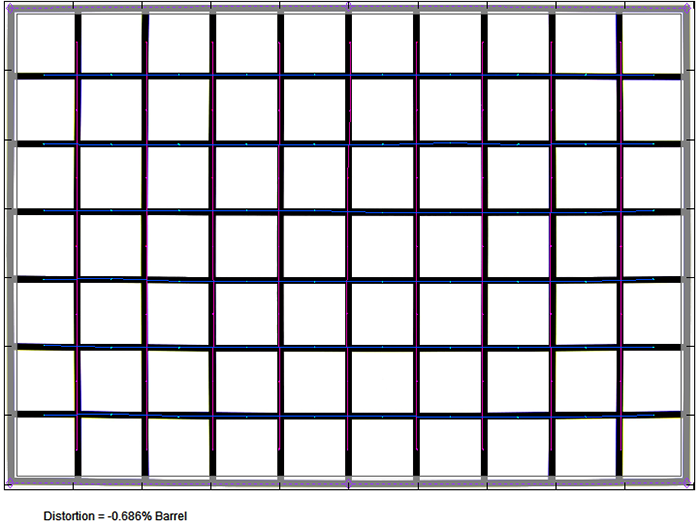
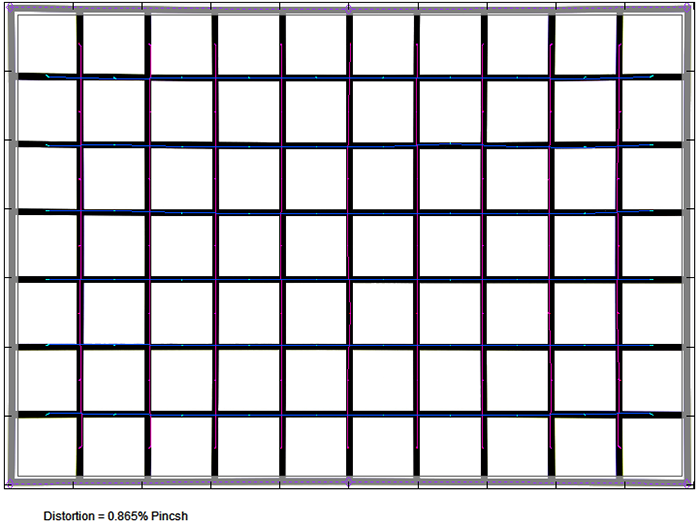
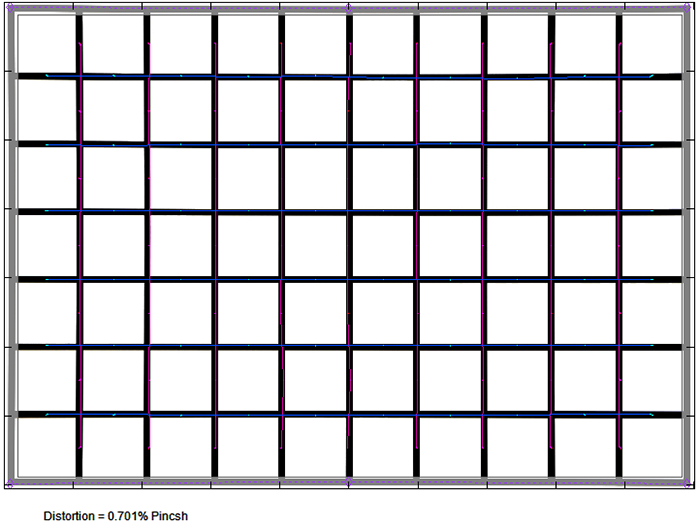

When looking at the RAW characteristic, things aren’t that shiny anymore. The barrel distortions are heavy at 24mm (~4.6%), and the pincushion distortions towards the long end aren’t nice either (3+%). So we can conclude that the lens isn’t really meant to be used without distortion auto-correction.

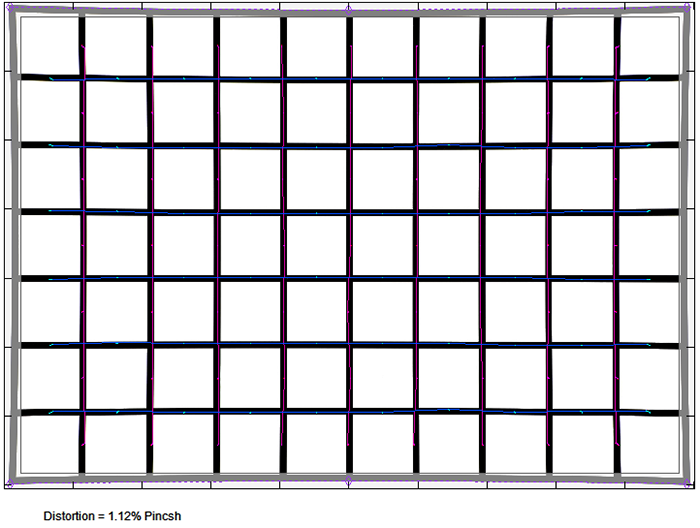

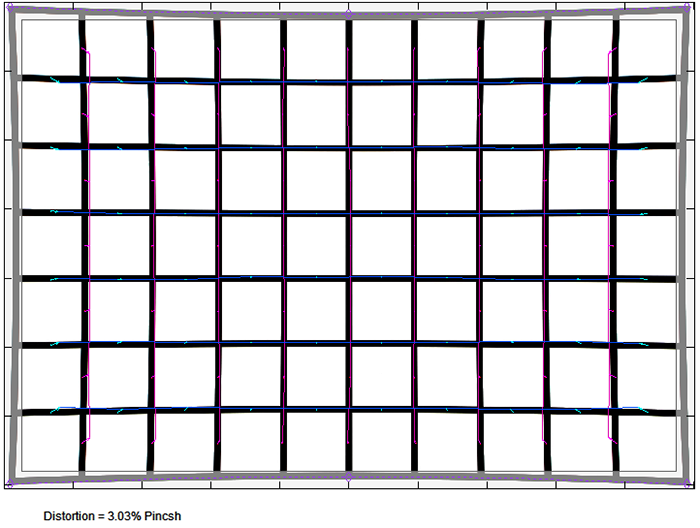
Vignetting
The same applies when looking at the vignetting characteristic. With activated auto-correction, you may spot some moderate vignetting at 24mm and 40mm @ f/4, but other than that, there’s barely any light falloff to be concerned about.
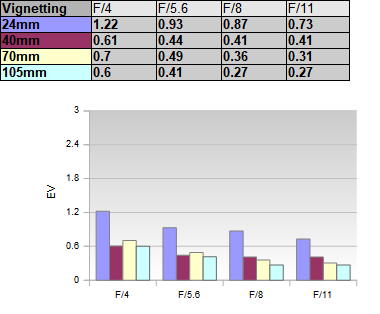
If you disable both distortion and vignetting correction, things are very different here, though – specifically at 24mm. The extreme corners are essentially black in this case (please note the very different scale in the chart below) – thus, the lens has been clearly underdesigned. Or in other words – the front element is too small. Please note that this sounds worse than it is. If we accept that distortion auto-correction is really the default – and that’s what Sony has configured – those black corners are gone.

Just to give you an idea about the native vignetting at 24mm f/4 – here’s a sample image:

MTF (resolution)
Let’s have a look at the resolution characteristic of the Sony FE 24-105mm f/4 G OSS now. We are happy to report that things are quite pleasing here (for a standard zoom lens tested on a 42mp sensor). At 24mm, a broad center zone is tack sharp (within the usual diffraction limits). The border quality is good to very good, even at f/4. The corners aren’t superb, but they are still in the “good” range. The outer image field is very soft at 40mm f/4 but improves substantially when stopping down to f/5.6 with good to very good results here. The borders/corners recover at 70mm, although they could still be better at f/4. The results are pretty nice from f/5.6 once again. At 105mm we can observe a more pronounced drop of the center performance at f/4 although the quality remains very good here. The outer image field is soft f/4 again, but it’s back to very decent quality at f/5.6
The centering quality of the tested sample was Okay, but typically for stabilized lenses, there were some variations.
Please note that the MTF results are not directly comparable across the different systems!
Below is a simplified summary of the formal findings. The chart shows line widths per picture height (LW/PH) which can be taken as a measure of sharpness. If you want to know more about the MTF50 figures you may check out the corresponding Imatest Explanations

Chromatic Aberrations (CAs)
The amount of lateral chromatic aberrations (color shadows at the image borders) is good for a lens in this class. The lateral CA’s are visible at 24mm with a peak of 2.3px on average at the image borders, decreasing to 1.7px when stopping down. The CA decrease towards the midrange and increase only slightly at 105mm again.

Bokeh
A 24-105mm f/4 is not a master when it comes to shallow depth-of-field photography. However, at longer focal lengths, you can still achieve some decent object isolation in many scenes, so let’s have a look at the bokeh (quality of the out-of-focus blur).
Out-of-focus highlights have a circular shape at f/4 and the lens manages to keep this up till f/8, which is unusual. The inner disc is fairly busy, with an onion-like substructure and some outlining. That’s not unusual in this lens class, though. Most likely, this relates to the use of aspherical elements, and the Sony FE 24-105mm f/4 G OSS has 4 of them.

Near the borders, the circular discs deteriorate to “cat eyes” (more like circles that are cut in half).
The general blur in the critical focus transition zone is pretty good in the critical image background (left image crop below). The foreground (to the right) is somewhat edgier at contrast transitions.

Sample Images & Verdict
Competition
As the introduction hints, the Sony FE 24-105mm f/4 G OSS competes against its in-house mates – the Sony FE 24-70mm f/2.8 GM and Zeiss FE 24-70mm f/4 OSS. Spec-wise, it should be worse than the Zeiss, but it is really the better lens in this comparison. The Sony 24-70mm f/2.8 GM is the best of the three options, but it is also the biggest and most expensive one by quite a margin. The Sony FE 24-105mm f/4 G OSS is really the salomonian choice in this context.

Visual comparison courtesy of camerasize.com.
Overall the Sony FE 24-105mm f/4 G OSS is an obvious choice in the Sony lineup. It may not be able to touch the center quality
of the Sony FE 24-70mm f/2.8 GM, but the border quality is surprisingly high for such a lens - at least when stopping down to f/5.6.
Lateral CAs are moderate. The bokeh quality is quite good for a lens within its scope. Image distortion and vignetting
are usually taken care of during post-processing so from an end-user perspective, there's little to complain about.
That being said, it is a bit unfortunate that the lens can't really live without auto-correction - after all, Canon and Nikon can also manage this in their offerings.
The build quality of the lens is very good thanks to high-quality materials and tight tolerances. Dust- and moisture protection
are also provided so it should be good to go in most outdoor conditions. The AF may still not be as fast as on modern DSLR lenses but it's good enough for the majority of applications.
It is no news anymore, but it's still worth pointing out that this lens, like many other Sony FE lenses, is neither small nor lightweight.
Its dimensions align with DSLR offerings, or in other words - compared to the Sony cameras, this is a big lens.
The Sony lens isn't flawless, but just to provide a framework for comparison - it is superior to both the
Canon EF 24-105mm f/4 USM L IS II and Nikkor AF-S 24-120mm f/4G VR. So it's certainly a lens we can recommend to Sony FE users.
-
Optical Quality
-
Build Quality
-
Price / Performance

